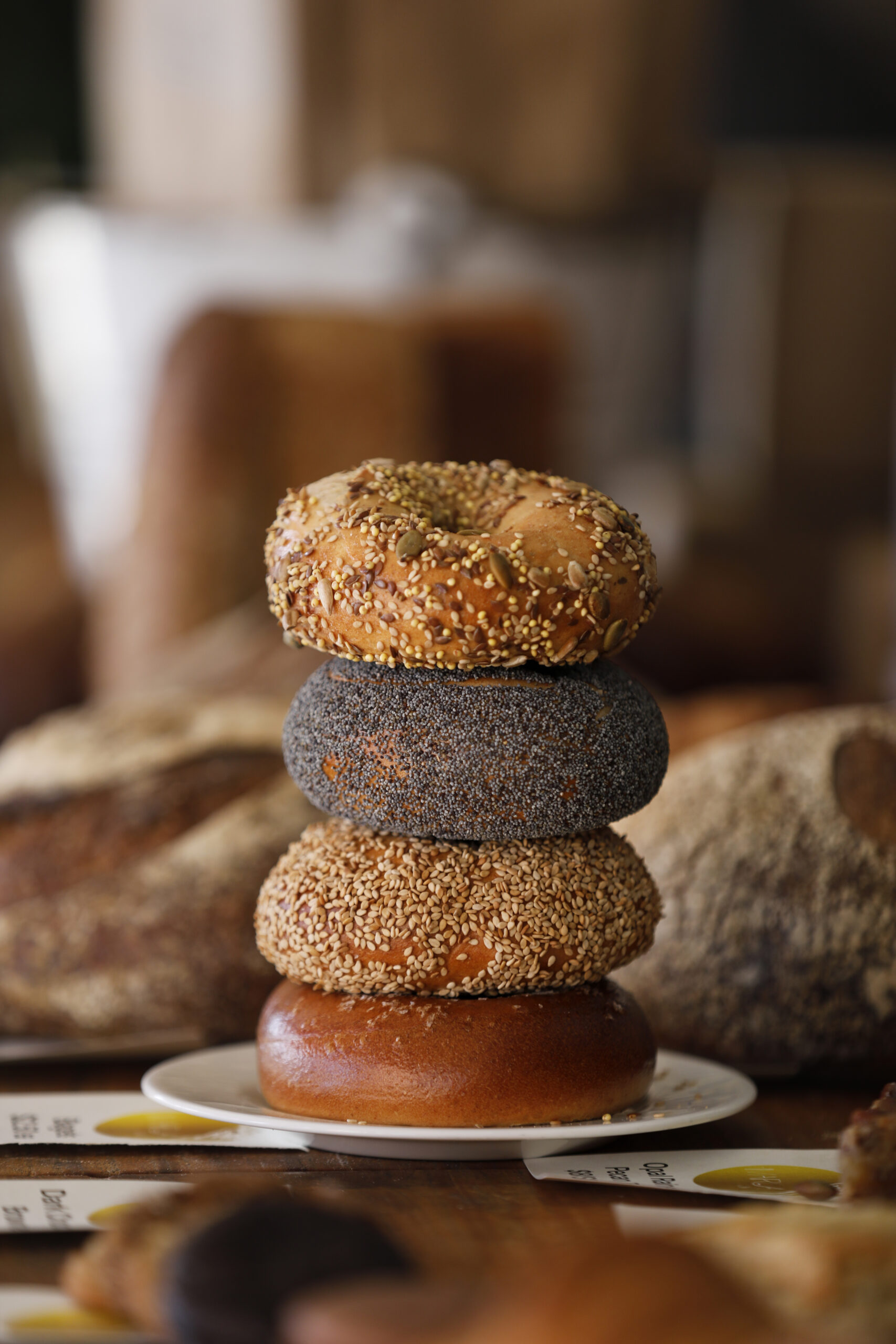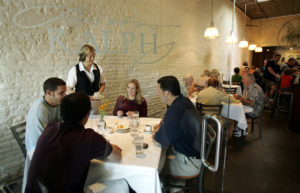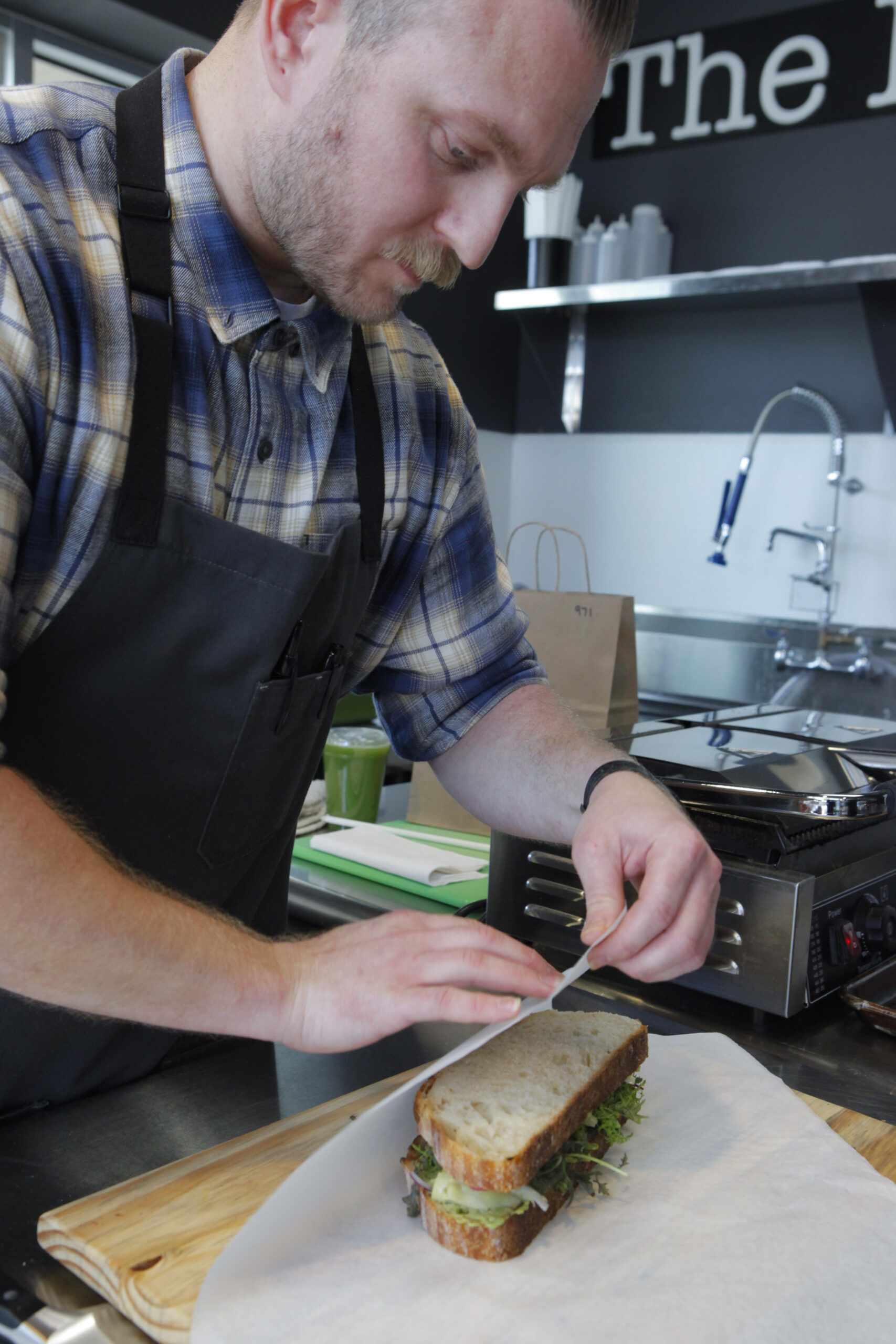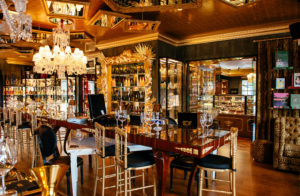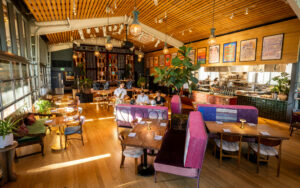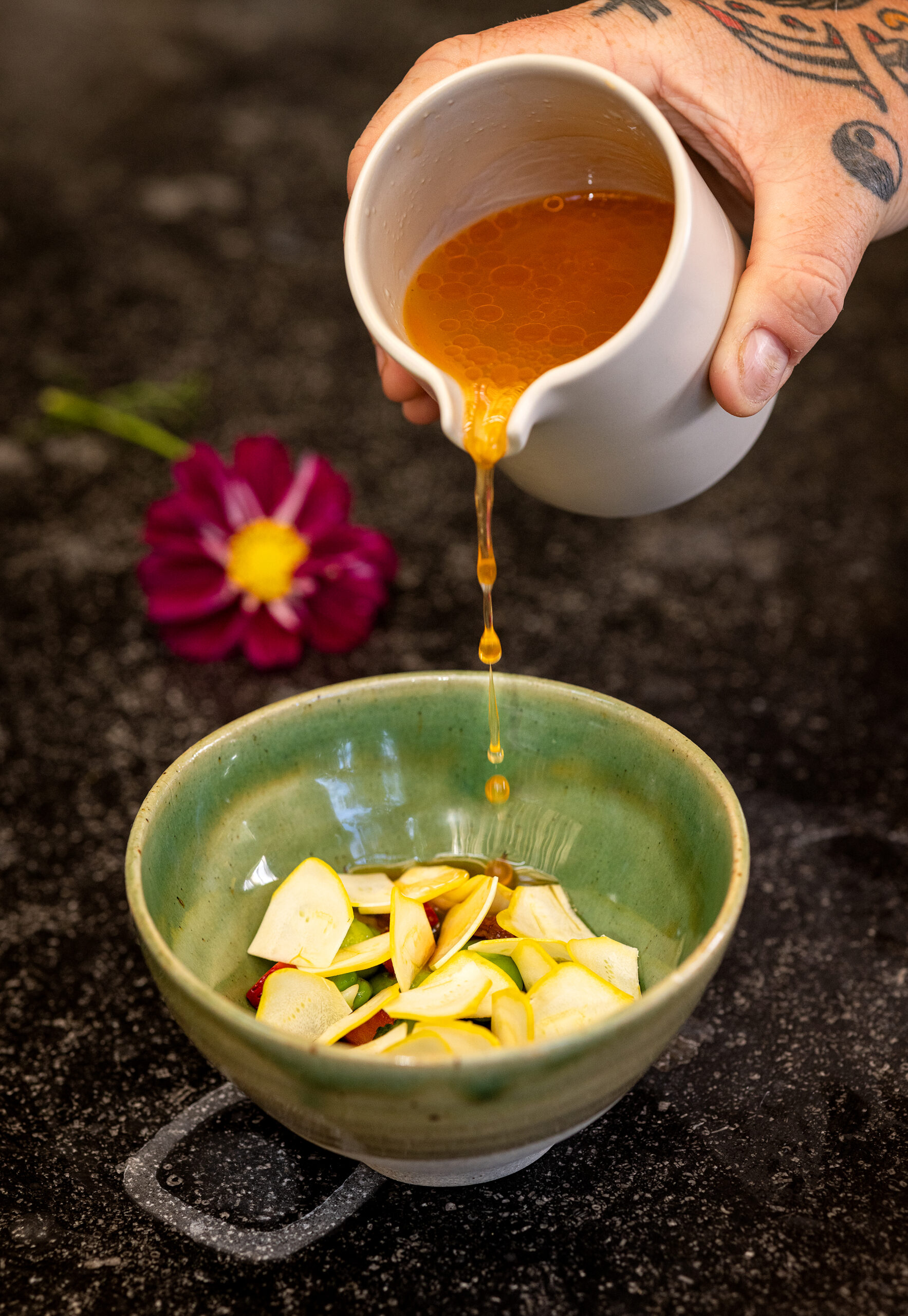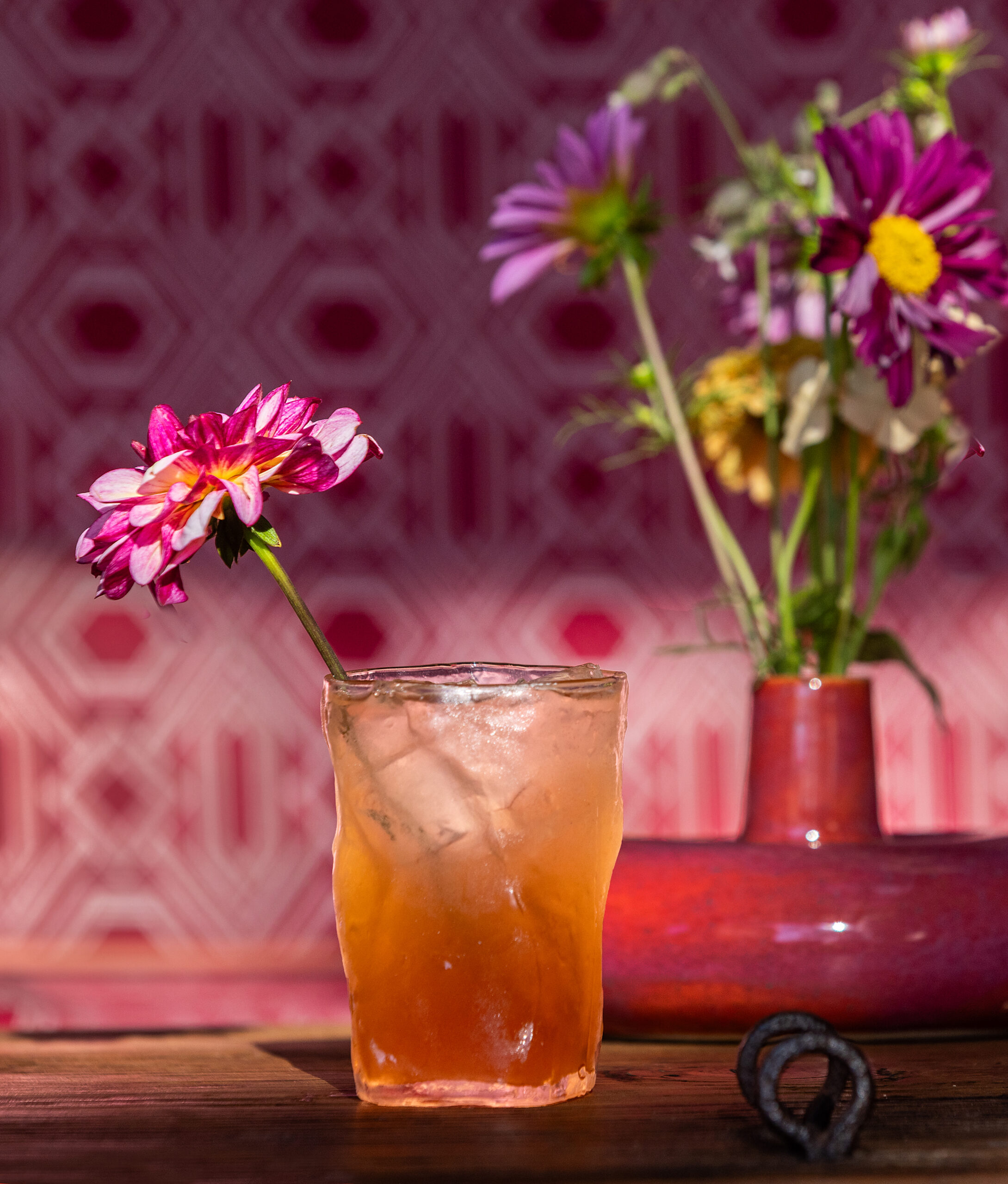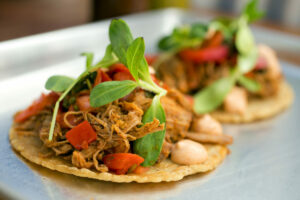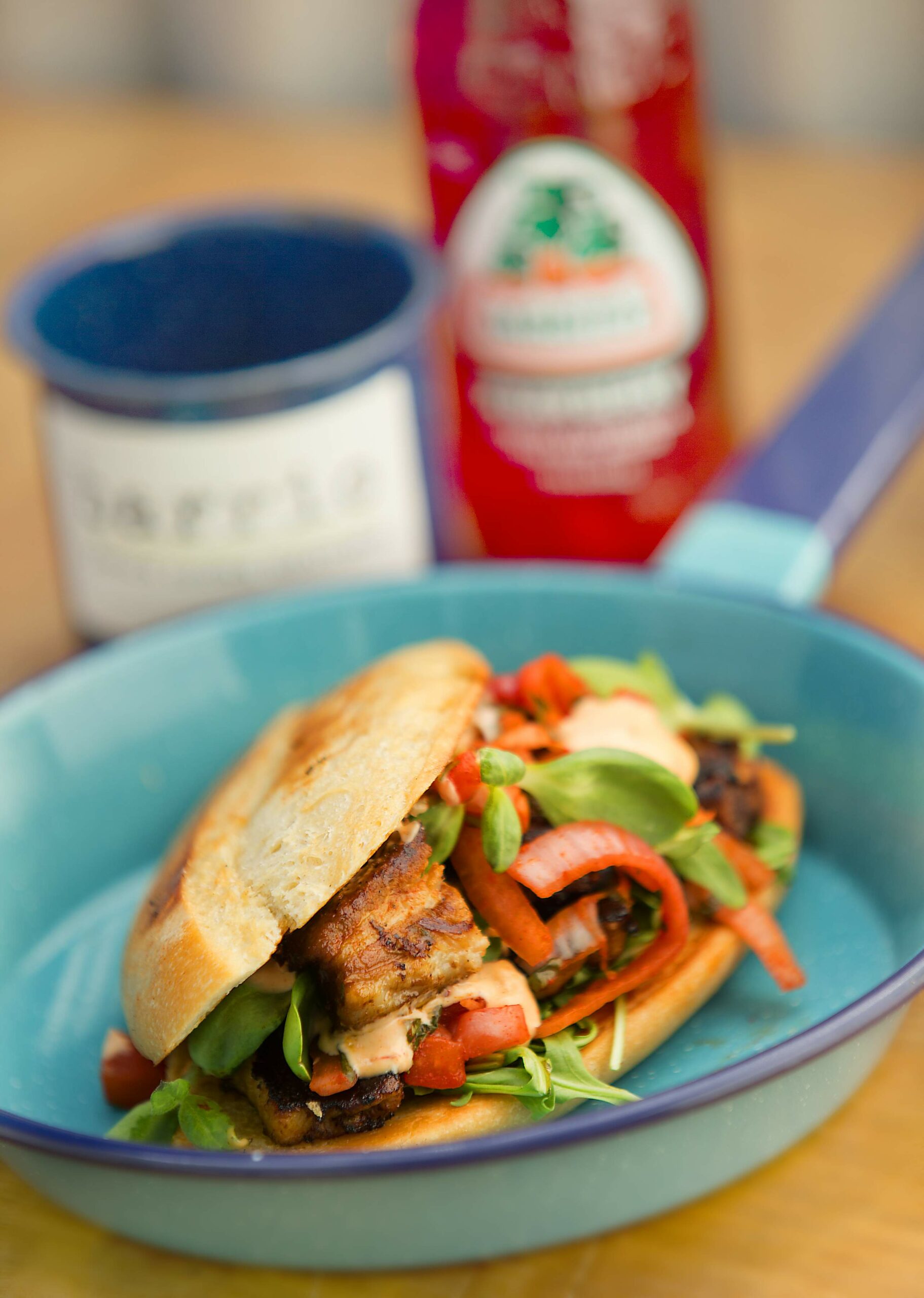The finest of Sonoma County’s art and agriculture will be on full display this autumn in a myriad of both new and recurring seasonal festivals. Sip exclusive wines, dine on seasonal cuisine, dance to live music and more with a diverse community of artists, winemakers and visitors and locals looking for some fun this fall.
Tapas Short Play Festival, weekends from Sept. 15 to Oct. 8
Pegasus Theater Company’s 15th annual Tapas Short Play Festival, held at the Mount Jackson Masonic Lodge in Guerneville, will feature original short plays by Northern California playwrights on weekends from Sept. 15 through Oct. 8. Curtain time is 7 p.m. on Fridays and Saturdays and 2 p.m. for Sunday matinees. General admission is $20. Purchase tickets on Eventbrite.
14040 Church St., Guerneville, pegasustheater.com
Tumble on the River Music Festival, Sept. 16
Rio Nido Roadhouse will host its second annual Tumble on the River Music Festival on Saturday, featuring a lineup of local talent playing all day. The wide-ranging roster of musical artists includes the self-described “psychedelic outlaw country group” Electric Tumbleweed, the Grateful Dead tribute band Dead Roses, jazz-funk band Sakoyana, the soulful indie Caitlin Jemma Band and more. From 11 a.m. to 10 p.m. General admission is $30. Purchase tickets on Eventbrite.
14540 Canyon 2 Road, Rio Nido, 707-869-0821, rionidoroadhouse.com
Press Fest 2023, Sept. 16
The Luther Burbank Experiment Farm in Sebastopol will celebrate the region’s bountiful apple harvest with Press Fest 2023, a Western Sonoma County Historical Society project full of free activities in nature. The event, with support from Slow Food Russian River, includes apple tastings, garden strolls, docent tours, apple pressing demonstrations, and nursery sales of fruit trees and rare Burbank plants. The free event will be held from 10 a.m. to 2 p.m. on Sept. 16.
7777 Bodega Ave., Sebastopol, wschs.org
Hispanic Heritage Festival, Sept. 17
VIDA Cultural Arts will host a Hispanic Heritage Festival (Festival de la Herencia Hispana) in the Sonoma Plaza to celebrate culture and community. The fiesta will include live banda music, a ballet folklorico, art activities, food vendors, micheladas in a cantina garden and more. From 1-7 p.m. Admission is free and food, drinks will be available for purchase.
Sonoma Plaza, 453 First St. East, Sonoma, facebook.com/vidaculturalarts
Real Neato Music Festival, Sept. 23
The Rio Nido Roadhouse will celebrate the region’s “Second Summer” on the first day of fall with the Real Neato Music Festival. The lineup of Bay Area indie bands and artists includes Jesse Judies, Kacie Hill, Mild Universe, ¿Qiensave? and more. From 2-10 p.m. General Admission is $50 and tickets for kids under 12 are $25. VIP admission, which includes reserved seating, drink tickets and swag, are $150. Purchase tickets here.
14540 Canyon 2 Road, Rio Nido, 707-869-0821, realneato.com
Sonoma County VegFest, Sept. 23
The Santa Rosa Veterans Memorial Building will host VegFest, the county’s “celebration of compassionate, healthy and environmentally responsible living.” The festival will include live music all day, vegetarian food vendors, vegan boutiques, eco-friendly products, vegan cooking demonstrations and more. VegFest is a fundraiser for nonprofit Compassionate Living. From 10 a.m. to 3 p.m. General admission is $10. Purchase tickets online or at the entrance on the day of the event.
1351 Maple Ave. Santa Rosa, 707-540-1760, socovegfest.org
Healdsburg International Short Film Festival, Sept. 23
After a long hiatus, the Healdsburg International Short Film Festival is back with a variety of films, from drama to comedy, documentary to animation. There will be two screening blocks at 2 p.m. and 7:30 p.m., and attendees will be able to vote for their favorite films in real time on their phones. Proceeds benefit the Raven Education Program. General admission is $15. Purchase tickets on the Raven Theater website.
115 North St., Healdsburg, 707-433-6335, healdsburgfilm.com
Global Roots Sonoma, Sept. 23-24
Sonoma State University’s Green Music Center will host Global Roots Sonoma, a two-day world music festival featuring live music, immersive workshops, food trucks and family activities.
Artists include the Occitan polyphony group San Salvador, Grammy winning jazz singer Catherine Russell, Hawaiian singer-songwriter Paula Fuga and many more, with music stylings spanning the globe from Scotland to Nicaragua. Food vendors include Reggae Rasta Styles, Sushi Shoubu and Fruity Moto. Gates open at noon.
General admission for one day is $29 ($58 for two-day package) and $10 for SSU students and youth under 18 ($20 for two-day package). VIP tickets — which include access to the Sonoma-Cutrer VIP Lounge in Prelude Restaurant & Bar and an exclusive Saturday night after-party — are $250 for Sept. 23 and $125 for Sept. 24 ($375 for two-day package). Purchase tickets at the GMC box office in the courtyard of Weill Hall or email tickets@sonoma.edu.
1801 E. Cotati Ave., Rohnert Park, 707-664-4246, gmc.sonoma.edu/global-roots-sonoma
Petaluma Antique Faire, Sept. 24
Petaluma’s 38th annual fall Antique Faire will welcome collectors from across the Bay Area to browse and shop in historic downtown. The antique marketplace features a quality selection of old treasures and keepsakes — such as art, estate jewelry, kitchenware and vintage décor — from over 200 dealers. From 8 a.m. to 4 p.m. Admission to the street fair is free and antiques will be available for purchase.
Located on Kentucky Street, Fourth Street, Western Avenue and the A Street parking lot, Petaluma, 707-762-9348, petalumadowntown.com/antique-show
Valley of the Moon Vintage Festival, Sept. 29-30
The 126th Valley of the Moon Vintage Festival, presented by the Sonoma Valley Vintners & Growers Alliance and Foundation, is a weekend full of wine and culture as the county celebrates its rich winemaking heritage and harvest.
The festival includes a Legends Dinner from 6-10 p.m. on Sept. 29, featuring a four-course dinner by Glen Ellen Star’s chef Ari Weiswasser at B.R. Cohn Winery, live music by singer-songwriter Michelle Lambert, and a live auction on unique wines and experiences ($350, tickets on Eventbrite).
From 9 a.m. to 4 p.m. on Sept. 30, the festival will include a 5K Fun Run through scenic Sonoma Valley (register here), the Sonoma Valley Grand Tasting of exclusive wines and local cuisine ($150, tickets on Eventbrite), the traditional Grape Stomp ($75-$300 depending on team, tickets on Eventbrite), along with live music, artisans booths, a kids zone and the classic water fights.
Sonoma Plaza, 453 First St. E., Sonoma, valleyofthemoonvintagefestival.org
Oktoberfest at The Patch, Sept. 30
The Santa Rosa Pumpkin Patch will host its first Oktoberfest this year; a German-themed festival with food, beer, live bands and more. The event will include Bavarian-style cuisine and drink, a five mile run/walk course, a two-person team Beer Mile race, an Orange Obstacle Course, a Kid’s Pumpkin Run and various pumpkin patch activities. From 8 a.m. to 2:30 p.m. Tickets from $45 to $130. Learn more and register at Race Roster.
5157 Stony Point Road, Santa Rosa, 707-582-3276, santarosapumpkinpatch.com
Pride n’ Vino, Oct. 7
Formerly known as Pinot On The River, Pride n’ Vino is a one-day fete of wine, food, art and music in Santa Rosa’s historic Courthouse Square. The 21+ event will include wine tastings, cuisine from artisan food vendors, art displays, a silent auction, live entertainment and a chance to mingle with local winemakers. All proceeds benefit Sonoma County Pride. From 11 a.m. to 3 p.m. Tickets are $50 and can be purchased on Eventbrite.
Old Courthouse Square, Santa Rosa, 707-394-5063, pridenvino.com
Americana Music Festival, Oct. 7
Santa Rosa’s California Theatre will present the second annual Americana Music Festival, bringing a taste of Nashville to Sonoma County. The country-tinged lineup includes jazz violinist Mads Tolling and pianist John R. Burr, Santa Rosa-based band The Familiar Strangers, and the legendary folk and blues singer Maria Muldaur and her band. From 7:30-10 p.m. General admission is $28 and tickets can be purchased online.
528 Seventh St., Santa Rosa, 707-664-7529, caltheatre.com
Sonoma Valley Music Festival, Oct. 13-15
Bay Area nonprofit Music in Place, in partnership with the Sonoma Community Center, will present the 2023 Sonoma Valley Music Festival for three days of live music. The festival will include three afternoon concerts at Sonoma Plaza’s Grinstead Amphitheater, two morning family-centered events at the Sonoma Community Center, three concerts at Sebastiani Theatre and an Oktoberfest concert at Vintage House. Concerts at the Grinstead Amphitheater and community center are free, concerts at Sebastiani Theatre are $10-$35 (tickets here) and Oktoberfest at Vintage House is $20 (on Eventbrite). Check here for details on bands and showtimes.
Multiple locations in Sonoma, musicinplace.org
Russian River Pride 2023, Oct. 13-15
The Russian River Alliance will present the annual Russian River Pride parade and festival for three days of colorful fun along the river in Guerneville. Local vendors will offer activities and exhibits on Oct. 13-14, and the grand festival and parade will be held Oct. 15. The parade starts at noon on Main Street, trotting down Mill Street to Armstrong Woods Road, followed by the festival on Johnson’s Beach from 1-5 p.m.
The festival will include food, drinks and a dance to live music, featuring a DJ and special guests. While there is no entrance fee, donations are appreciated as the event benefits the Guerneville Library, Food for Thought, Watch Duty wildfire alert system, Guerneville Youth Center and Russian River Alliance.
Downtown Guerneville and Johnson’s Beach, russianriverpride.org
Petaluma Pride, Oct. 13-15
The second annual Petaluma Pride, a three-day queer fest, will include: a dance party on Oct. 13 (details to be announced); a pride festival and farmers’ market from noon to 5 p.m. on Oct. 14 at Walnut Park, followed by an after party featuring a drag and burlesque show at The Big Easy; and a brunch at River Front Cafe with a musical performance by Ellie James on Oct. 15. Check back on petalumapride.org or its Facebook for details to come.
Walnut Park, Petaluma, petalumapride.org
Sonoma County Harvest Fair, Oct. 14
Since its debut in 1975, Sonoma County’s Harvest Fair has highlighted the area’s vibrant culture of art, wine, food and agriculture. The coveted event includes the premier Professional Wine Competition, featuring over 900 locally-sourced wines, along with a food competition, world championship grape stomp, food and wine pairings at the tasting pavilion, a classic car show and an art show. From noon to 4 p.m. General admission is $75, VIP tickets are $150, combo tickets for the Harvest Fair and the Healdsburg Crush (the next day) are $200, and designated driver tickets (only available day of event) are $50. Purchase tickets here.
1350 Bennett Valley Rd., Santa Rosa, 707-545-4203, harvestfair.org
SRJC Shone Farm Fall Festival, Oct. 14
Santa Rosa Junior College’s Shone Farm Fall Festival will showcase the farm’s seasonal produce and wines with a number of agricultural activities, facilitated by students and instructors of SRJC’s Agriculture and Natural Resources Department. The festival will include fall produce u-pick opportunities, farm tours, hay bale rides, animal meet-and-greets, farm equipment displays, student enterprise projects, and a kids zone featuring rotten fruit slingshot and compost lessons. A food court will feature Black Piglet + Catering and burgers from the Sebastopol FFA. From 10 a.m. to 3 p.m. Entrance fee is $5 per car. Purchase tickets on Eventbrite.
7450 Steve Olson Lane, Forestville, 707-535-3702, shonefarm.santarosa.edu/fall-festival
15th Annual Greek & Middle Eastern Festival, Oct. 14-15
St. George Orthodox Church in Rohnert Park will host its 15th annual Greek & Middle Eastern Festival during a weekend celebration of Greek and Middle Eastern culture. The event will include Mediterranean cuisine (read: shawarma, gyros, falafel, baklava and more), an international marketplace, live music and entertainment, traditional dances, henna tattoos and a kids carnival corner. From noon to 7 p.m. each day. Reserve a spot for the free event on Eventbrite.
7311 College View Drive, Rohnert Park, festival.stgeorgerp.org
Healdsburg Crush, Oct. 15
Experience the best of the region’s autumn crush season with tastings of limited production wines from over 60 premium local wineries during Healdsburg Crush, held in the heart of downtown on the plaza. In addition to the samplings of exquisite Chardonnay, Pinot Noir and sparkling wines, the event will include food vendors, an onsite raffle and a wine-centric silent auction. All proceeds of the 21+ event will benefit the Boys & Girls Clubs of Sonoma-Marin. From noon to 4 p.m. General admission is $125 and exclusive VIP add-on events, which take place on Oct. 13-14 before the main event on Sunday, are $75 each. Purchase tickets here.
Healdsburg Plaza, Healdsburg, 707-919-0548, healdsburgcrush.com





